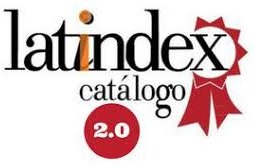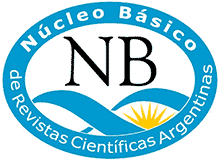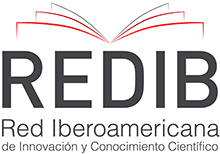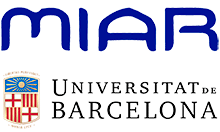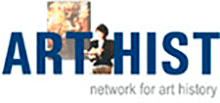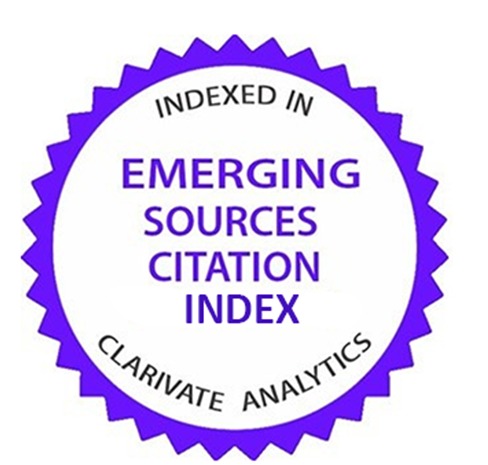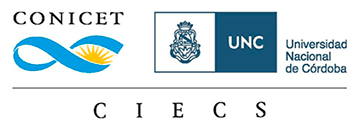Portuguese jesuits ans science: continuities and ruptures (16th-18th centuries)
DOI:
https://doi.org/10.31057/2314.3908.v5.n1.17656Keywords:
Jesuits, Portugal, science, Aristotle, scientific revolutionAbstract
We present here in synthesis of the action of the Jesuits in Portugal in science since its entry in Portugal in 1540 until their expulsion by the Marquis of Pombal in 1759. The rapid expansion of its network of schools in the country and around the world, including Brazil, India, China and Japan, was extraordinary. The College of Arts in Coimbra produced between 1592 and 1606 a set of commentaries on Aristotle that spread in the Jesuit colleges. On the other hand, in the College of Santo Antão in Lis-bon, there was, from 1590 to 1759, a school of mathematics, called the Aula da Esfera, served by a some foreign teachers, for example the Italian Christophoro Borri. Those teachers who have brought not only to Portugal but also to places, even the the most remot, of the empire the astronomical observation techniques introduced by Galileo, extending the Scientific Revolution to a global scale. The Astronomical Observatory and the “Mathematical Court” in the Chinese imperial court was the exponent of this action. In the middle of the 18th century, pressured by the crown supported anti-jesuitism, his action was strongly countered. Despite accusations of being scientific out-dated, it is certain that some Jesuits like Father Inacio Monteiro, should be considered modern. The extinction of the Order left a void in the Portuguese education system that the Pombaline Reform of the University of Coimbra only partially filled.Downloads
Published
2017-03-28
Issue
Section
Artículos
License
Los autores/as que publiquen en esta revista aceptan las siguientes condiciones:
- Los autores/as conservan los derechos de autor y ceden a la revista el derecho de la primera publicación, con el trabajo registrado con la licencia Atribución - NoComercial - CompartirIgual de Creative Commons que permite a terceros compartir (copiar y redistribuir el material en cualquier medio o formato) y adaptar (remezclar, transformar y construir a partir del material) bajo los siguientes términos: Atribución — se debe dar crédito de manera adecuada, brindar un enlace a la licencia, e indicar si se han realizado cambios. Puede hacerlo en cualquier forma razonable, pero no de forma tal que sugiera que usted o su uso tienen el apoyo de la licenciante. NoComercial — no se puede hacer uso del material con propósitos comerciales. CompartirIgual — si remezcla, transforma o crea a partir del material, se debe distribuir su contribución bajo la la misma licencia del original. Los autores/as pueden realizar otros acuerdos contractuales independientes y adicionales para la distribución no exclusiva de la versión del artículo publicado en esta revista (p. ej., incluirlo en un repositorio institucional o publicarlo en un libro) siempre que indiquen claramente que el trabajo se publicó por primera vez en esta revista.
- Se permite y recomienda a los autores/as a publicar su trabajo en Internet (por ejemplo en páginas institucionales o personales) antes y durante el proceso de revisión y publicación, ya que puede conducir a intercambios productivos y a una mayor y más rápida difusión del trabajo publicado (vea The Effect of Open Access).
How to Cite
Portuguese jesuits ans science: continuities and ruptures (16th-18th centuries). (2017). Antiguos Jesuitas En Iberoamérica, 5(1), 163-178. https://doi.org/10.31057/2314.3908.v5.n1.17656



